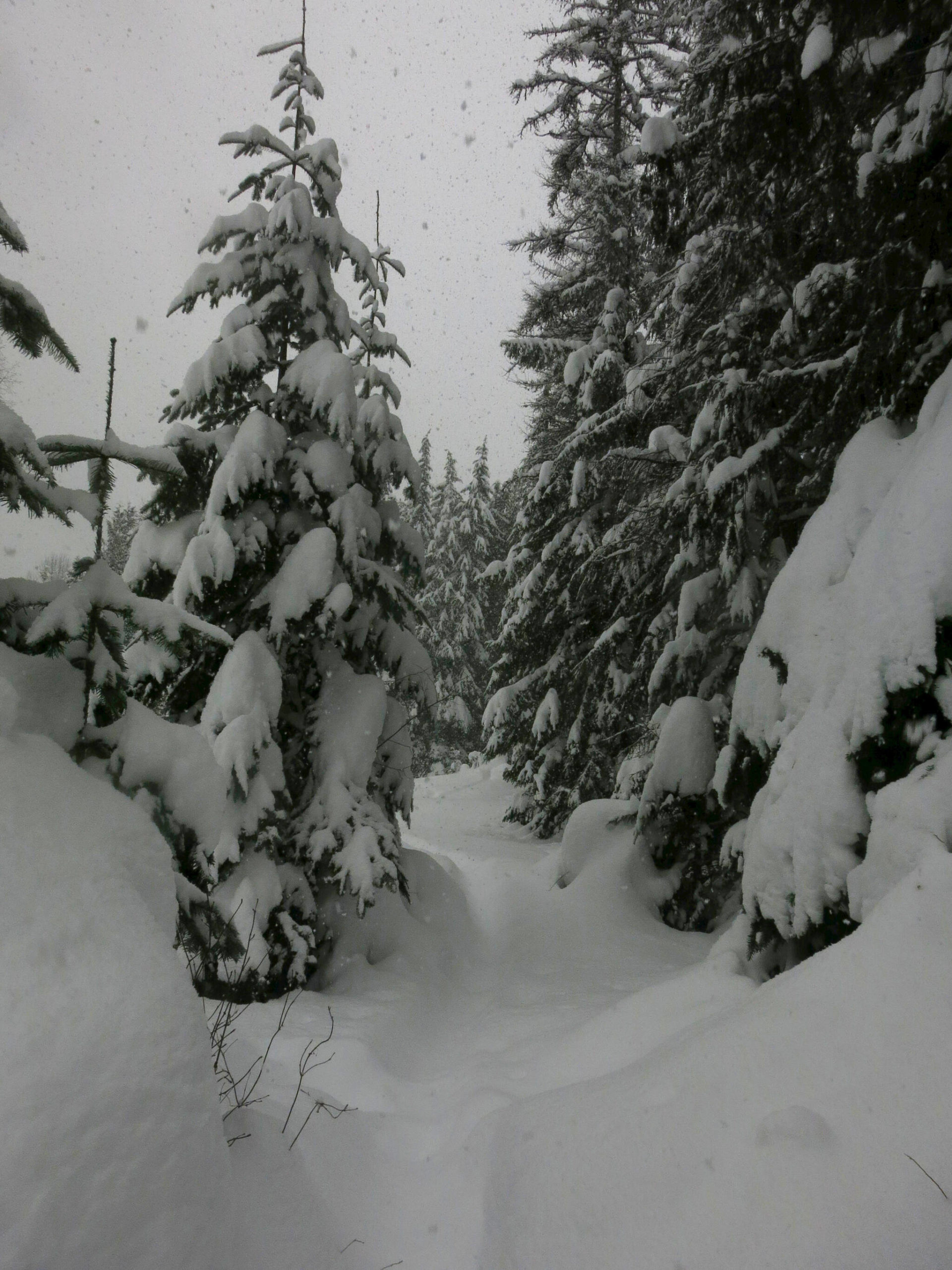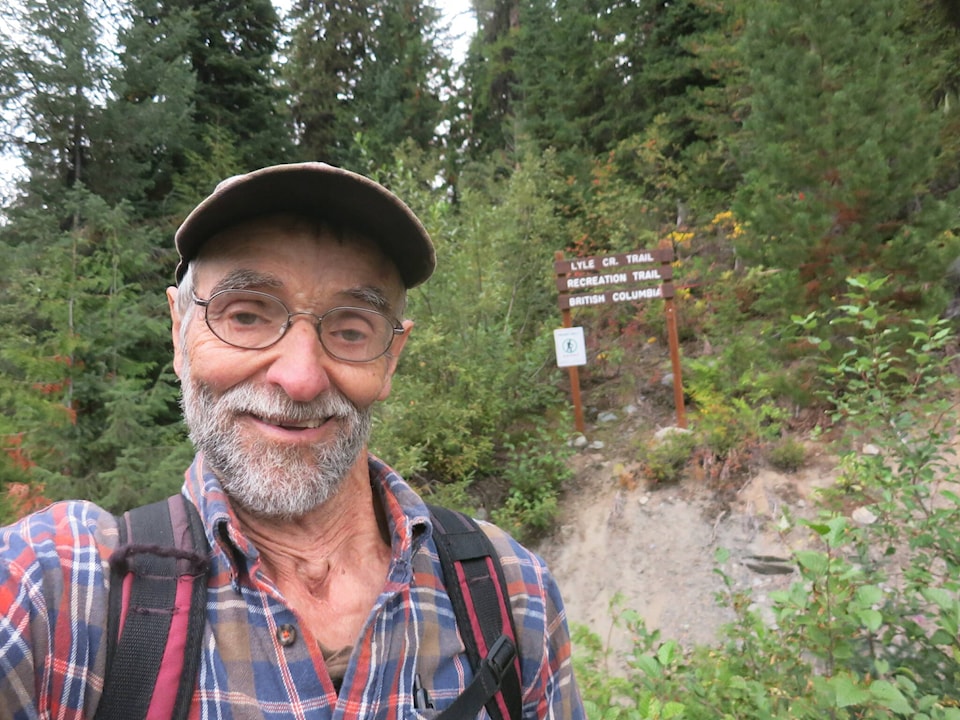By Ed McMackin
Swish, crunch, thump, clatter, and scrape – the sounds of cross-country skis coursing over the snow. Accented by the plunk of ski poles, they give way to scenes along the trail.
The faint sounds of a brook, gurgling and churning, reach my ears. Another sound, a soft roar mixed with more splashing, tells me there is a waterfall nearby. It is largely frozen over. Solid masses of white and crystal-clear ice meet my eyes. Yet, some water still free-falls and bounces off wet, black, algae-covered rocks before it plunges into a pool of dark water surrounded by ice, thick enough to stand on without breaking.
A waterfall is different every day. Variations in temperature, run-off, rainfall, subtlety and dramatically change the scene from day to day. While one’s thoughts and presence are far away, the water continues night and day, eroding rocks and splashing nearby thriving mosses.
I find warmth and humidity at this waterfall, even though we find it necessary to enclose ourselves in mitts and toques. Before our eyes is a vast array of frozen forms: globules, pendants, stalagmites, pressed-glass, figurines, statues, icicles, patterned icy window panes, and rock-hard frost. The icy-cold, crystal-clear water and ever-changing bubbles of air move along under the ice like speeding amoebas.
Elsewhere, it is surprising how the once frozen ground is now soft and moist. The warmth of planet earth, uncomfortably hot in the center, is reaching the surface that is insulated by a heavy, thick blanket of snow. How could something be cold and warm at the same time?
While skiing, we are suspended by the snow over a world preparing to spring forth. Just below us is a living land, preparing to appear in a verdant green garb.
Some hardy plants are now slowly pushing up that first green shoot that will eventually burst into the open, when the earth throws off that winter blanket. Some plants push above ground under the snow. Warmth, conducted through the plant shoot, creates a miniature snow-cave around the shoot of this infant of spring abundance.
When skiing at night, the air is crisp, making a sharp connection with the face. The moon is bright and almost full, creating a shadow on the snow for every bush and tree, making them look much larger than they really are and quite ominous in the pale moonlight. The moonlight and its reflection off the snow, envelope the landscape in a light brighter than often seen at dusk. There is no need for us to use the headlamps as we flit over a very visible ski-track.
Listening, we hear three groups of coyotes. Their yodelling-like calls, barks and yelping drift to us over the moonlit land. A great horned owl delivers its message to others of its kin. On this night, even in the bright, moonlit scape, we do not see the river in its course, as the blackness is concealed beneath a foggy shroud. So be it!
“Out There is a column by Ed McMackin, a long-time resident of the Creston Valley. He calls himself a biologist by profession and naturalist by nature.”

READ MORE: Out There: Surviving a Hard Winter
